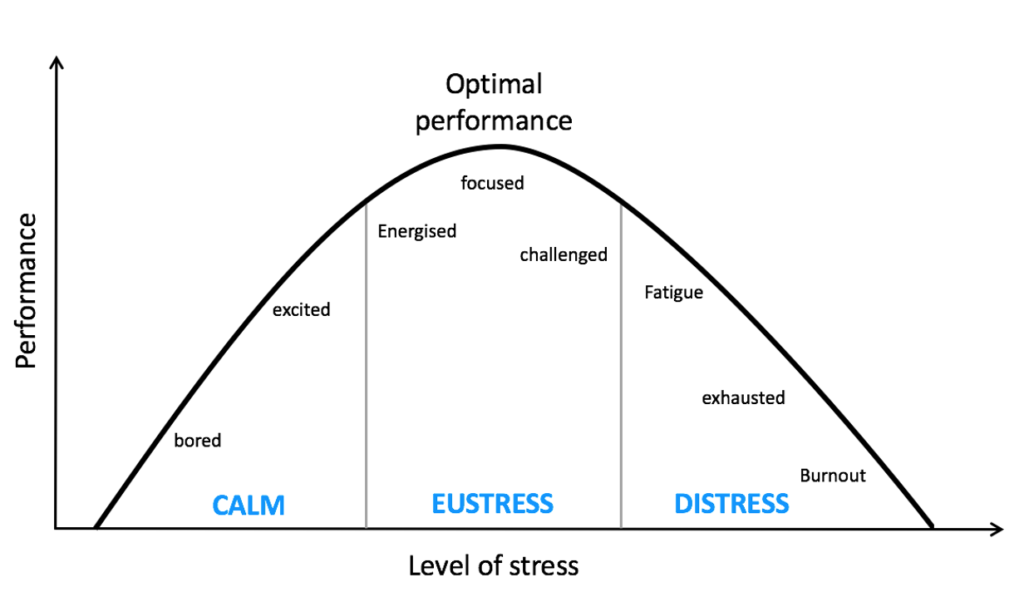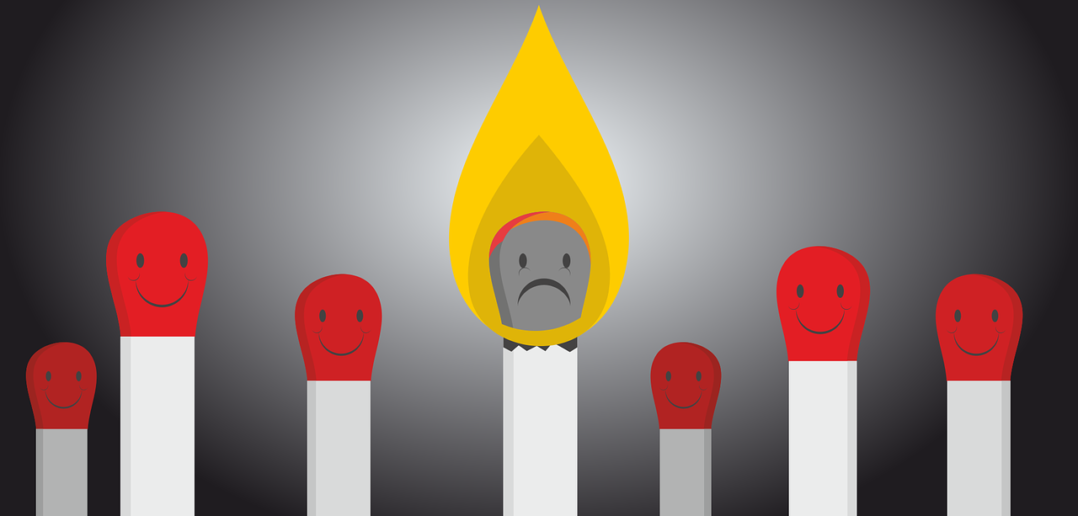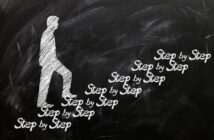Want to learn about stress, recovery, extrinsic motivation and sales burnout using one easy experiment?
Try doing as many push ups as you can in a row.
For the purpose of explaining why this experiment is relevant to sales burnout, let’s assume the absolute maximum number of push ups you can do is 30 in row.
Your experience will likely look something like this:

Push ups 1 and 2 will probably feel a little boring.
During push ups 3 to 18 you’ll start to feel excited, energized, focused and challenged by your goal. Your body is warming up and starts to adapt to the physical stress the push ups are adding to your body.
Around push up 20 fatigue will start to set in.
Your arms may start to shake, you’ll slow down and your form will start to break down as your body tries to find shortcuts to manage the build up of stress.
But you keep going…
You squeeze out another 10 push ups until you totally exhaust your muscles and your body collapses to the ground.
The Importance Stress Management & Recovery
Now…
What would happen to your push up performance if you waited 10 seconds and tried to do it again? What would happen if you waited a few minutes or even a few hours instead?
This is your recovery period which allows your body to offload the stress that was added to your body.
The amount of stress your body encountered, the length of your recovery period and the actions you take during this period of rest will have a direct impact on future performance.
For example, if you waited 10 seconds and tried to replicate 30 push ups again, you’d likely only be able to produce a fraction of what you did the first time.
If you waited a day and during that time you stretched, learned about proper push up form and got a massage; you could likely replicate or perform higher than the 30 push ups you did a day earlier.
This is the difference between using good stress (Eustress) for growth and bad stress (Distress) for diminishing returns.
Creating recovery periods to off-load stress is non-negotiable if we want to maximize the time we spend in the optimal performance zone; the place when we’re feeling energized, focused and challenged.
It’s also important to note that your body does not differentiate between physical and mental stress.
You’ll experience the same curve in performance during a mentally challenging day in sales as you did doing a physically challenging push up routine.
If you’re not offloading stress regularly through self-care activities and attending to what your body needs (sleep, nutrition, exercise) your performance will suffer.
Sales Burnout And The Problem That Exists
Let’s go back to our push up example. Think about what would happen if we just completed our 30 push ups and our manager said something like…
Do it again and I’ll give you $1,000.
Do it again and you get a vacation.
Or do it again or else you’ll get fired.
Most of us will likely be extremely motivated to try again because of the extrinsic motivation these rewards and punishments create.
The problem is most sales managers neglect the importance of recovery and stress-management.
As a result, most only provide a very small recovery period (or none at all), before increasing their reps quota to 31 or 32 push ups.
So what happens?
The extrinsic motivator pushes the rep to add more stress to their body, they exhaust their willpower, take a few shortcuts and complete 31 shaky push ups.
But then the never ending cycle begins again…
Wait 30 seconds… Do it again… Wait 30 seconds… Do it again…
How is that rep feeling the next day?
Incredibly sore, can barely move their arms and unable to do push ups for a week.
This is physical burnout and our failure to understand this same process applies to Mental Health, is causing sales burnout in millions of salespeople every single day.
Addressing Sales Burnout Within Sales
As a sales community, we need to stop using extrinsic motivation to chew through personal boundaries. This is driving salespeople off a cliff and to a point where they can no longer perform their best.
Extrinsic motivators work, but only when they’re used correctly with proper recovery and stress-management processes built in. Otherwise, their value greatly diminishes over time as performance and well-being plummet.
Like a good personal trainer at the gym, sales leaders need to be mindful of how much stress their reps are under. They also need to teach them ways to recover during each day, week, month and quarter.
This is how peak performance in sales is achieved.
If you need help exploring ways to do this with your sales team, click on the “Training” button below. It will show you the various training programs we’ve created to help salespeople manage stress and perform their best.
PS: Thanks to Kevin Bailey for inspiring this newsletter with his post here.
Sales Training Programs – Managing Stress
Eustress/Distress spectrum image taken from this article here.
About The Author

Jeff Riseley is currently the Founder of the Sales Health Alliance and Mental Health Advocate. With over a decade of sales experience – Jeff understands the importance of Mental Health in achieving peak sales performance.
Jeff combines his sales and Mental Health expertise to improve sales performance through mental health best practices. His strategies have helped sales teams become more motivated, resilient and better equipped to tackle stressful events within sales.





1 Comment
Fantastic representation of the inverted U law by Dodson. This is such a topical post. Thank you for sharing!